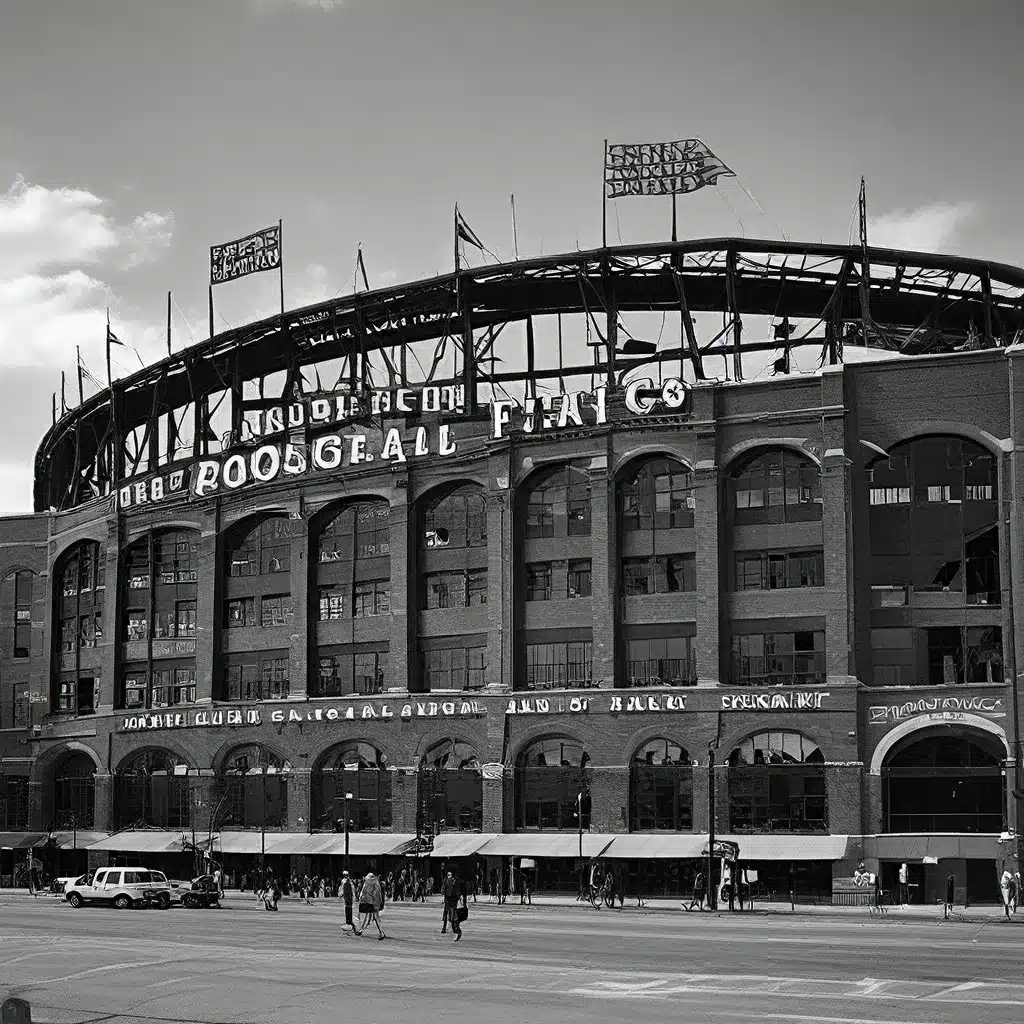
The Origins of a Ballpark Icon
Coors Field, the home of the Colorado Rockies, stands as a testament to the enduring passion for baseball in the Rocky Mountain region. Opened in 1995, this iconic ballpark has become a beloved destination for fans across the United States, captivating them with its stunning mountain views, vibrant LoDo neighborhood, and a level of fan engagement that is truly unparalleled.
The story of Coors Field’s inception is one of foresight and determination. In the early 1990s, as the MLB expansion era was in full swing, the city of Denver recognized the immense potential for a professional baseball franchise to thrive in the region. After a successful bid, the Colorado Rockies were born, and the challenge of creating a ballpark that would do justice to their new team and the unique geography of the Mile High City began.
The architects tasked with designing Coors Field understood the importance of seamlessly integrating the ballpark with its surrounding environment. They drew inspiration from the historic red-brick buildings of the nearby LoDo district, crafting a neoclassical masterpiece that would become the template for future retro-style ballparks. The result is a stunning exterior facade, complete with ornate details and distinctive regional accents, that effortlessly blends with the urban fabric of Denver.
Embracing the Natural Wonders
One of Coors Field’s most renowned features is its breathtaking mountain views, which have captivated fans and visitors alike since the ballpark’s inception. The left-field upper deck is specifically designed to showcase the majestic Rocky Mountains, providing a picturesque backdrop to the game action. Though the visibility of these natural wonders can be variable, depending on the weather and seating location, the mere possibility of witnessing a stunning sunset over the mountains is enough to draw fans to Coors Field time and time again.
The Rockies’ commitment to integrating the natural environment into the ballpark experience extends beyond the mountain views. The use of regional materials, such as Lyons sandstone and terra cotta tiles, further emphasizes the ballpark’s connection to its Colorado setting. Even the landscaping around the exterior, with its wintergreen trees and Columbine flower accents, contributes to the overall sense of place that Coors Field so effortlessly conveys.
A Vibrant Neighborhood Connection
While the mountain views and architectural details may captivate the senses, it is the LoDo neighborhood that truly brings Coors Field to life. This historic district, known for its vibrant dining and nightlife scene, has become inextricably linked to the ballpark, creating a seamless integration between the two.
The red-brick facade of Coors Field mirrors the architectural style of the surrounding buildings, making the ballpark feel as if it has always been a part of the fabric of LoDo. This level of contextual authenticity is a rarity among modern-day ballparks, with most opting for a more isolated and sterile setting. The presence of Union Station, breweries, and a variety of restaurants and bars within walking distance of Coors Field further enhances the pre- and post-game experience, turning the entire neighborhood into an integral component of the baseball-going experience.
In recent years, the development of McGregor Square, a mixed-use project adjacent to Coors Field, has further strengthened the connection between the ballpark and its surroundings. While some may argue that this type of controlled development can dilute the organic nature of a neighborhood, the Rockies have managed to strike a balance, with the new buildings seamlessly integrating with the existing LoDo aesthetic.
The Evolution of a Ballpark Gem
As Coors Field has matured over the past 25 years, the Rockies have remained committed to enhancing the fan experience through strategic renovations and additions. One of the most significant developments was the introduction of The Rooftop in 2014, a 38,000-square-foot party deck that has become a must-visit destination for fans looking to soak in the vibrant atmosphere before and during the game.
The Rooftop, with its multiple bars, concessions, and social spaces, has helped to redefine the ballpark experience, catering to a younger, more casual demographic of fans. While traditionalists may lament the shift away from the more purist baseball experience, the Rockies’ willingness to adapt and cater to evolving fan preferences has helped to maintain Coors Field’s enduring appeal.
Other notable improvements include the addition of the mountain-shaped video board and the renovation of the club-level spaces, ensuring that the ballpark continues to offer a top-tier experience for all fans, regardless of their seating preference.
The Enduring Legacy of Coors Field
As the third-oldest National League ballpark, Coors Field has stood the test of time, cementing its status as a true classic in the pantheon of baseball stadiums. Its seamless integration with the LoDo neighborhood, combined with its stunning natural setting and commitment to fan engagement, has made it a beloved destination for baseball enthusiasts across the country.
The Rockies’ continued investment in the ballpark’s amenities and the enduring passion of their loyal fan base suggest that Coors Field is well-positioned to remain a premier MLB destination for generations to come. Whether it’s the iconic mountain views, the vibrant LoDo scene, or the ever-evolving fan experience, Coors Field has undoubtedly earned its place as one of the most iconic and alluring ballparks in all of baseball.
For those seeking a truly unforgettable ballpark experience, a visit to Coors Field is a must, where the magic of baseball is elevated by the natural wonders of the Rocky Mountains and the energy of one of the sport’s most passionate fan bases. As the Rockies continue to write their own history, Coors Field remains a timeless destination, where legends are born, and memories are made to last a lifetime.

